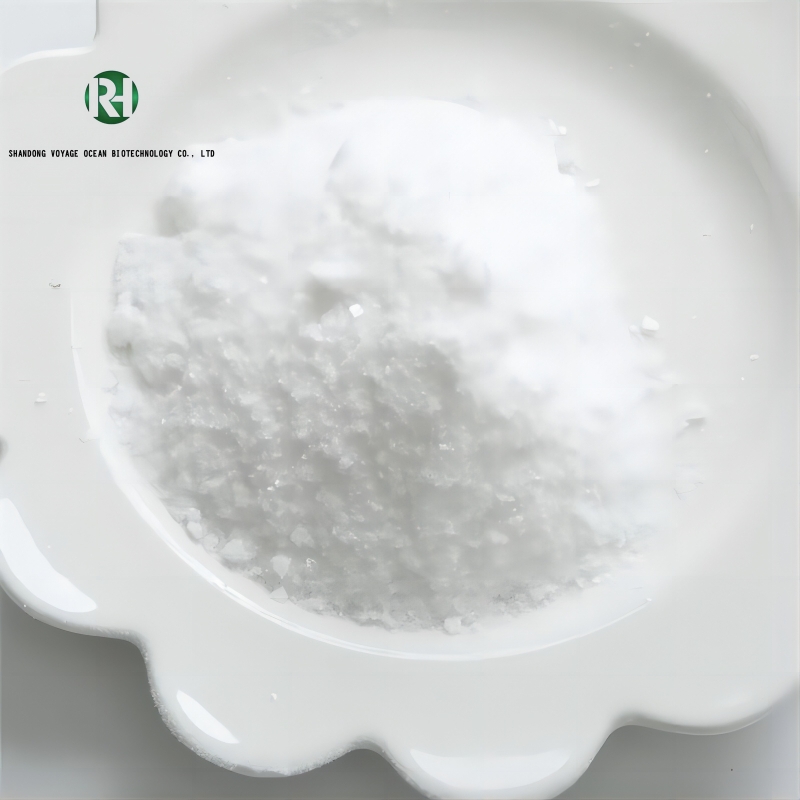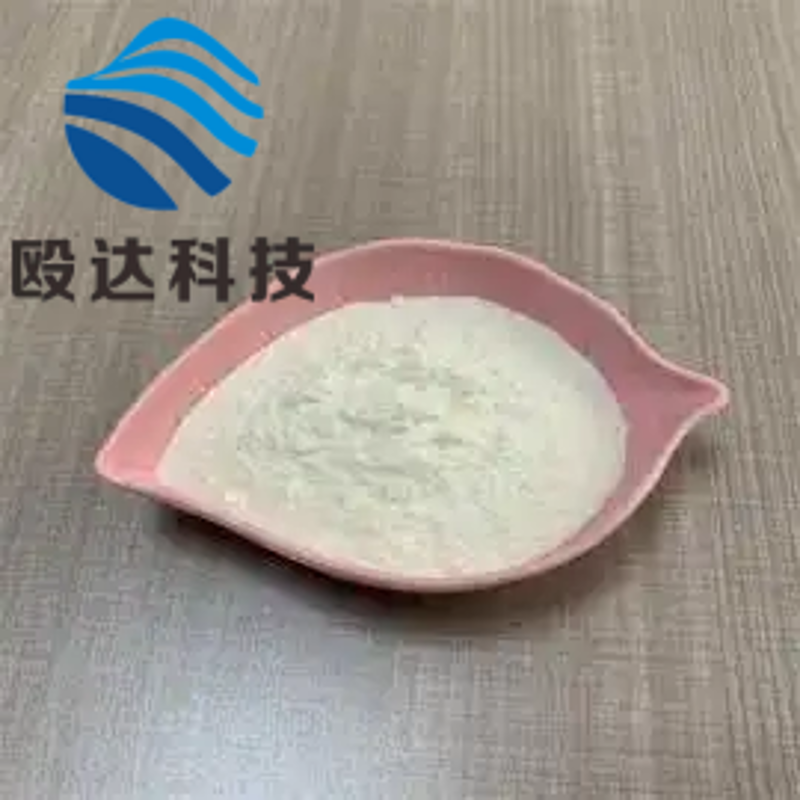-
Categories
-
Pharmaceutical Intermediates
-
Active Pharmaceutical Ingredients
-
Food Additives
- Industrial Coatings
- Agrochemicals
- Dyes and Pigments
- Surfactant
- Flavors and Fragrances
- Chemical Reagents
- Catalyst and Auxiliary
- Natural Products
- Inorganic Chemistry
-
Organic Chemistry
-
Biochemical Engineering
- Analytical Chemistry
- Cosmetic Ingredient
-
Pharmaceutical Intermediates
Promotion
ECHEMI Mall
Wholesale
Weekly Price
Exhibition
News
-
Trade Service
The chemical industry plays a crucial role in modern society, providing the materials and products that are essential for a wide range of applications, from the manufacture of everyday consumer goods to the development of cutting-edge technology.
One of the key challenges facing the chemical industry is the synthesis of novel compounds with specific properties and applications.
One such compound is 2-[2-(2-propyn-1-yloxy)ethoxy]ethanamine, also known as Compound X.
The synthesis of Compound X involves a complex series of chemical reactions that require careful control and optimization to produce a pure, homogeneous product.
In recent years, there has been significant interest in developing new, more efficient methods for the synthesis of Compound X, as well as for other important chemical compounds.
One approach that has gained particular attention is the use of microwave-assisted synthesis, which offers a number of potential advantages over traditional synthetic methods.
One key advantage of microwave-assisted synthesis is that it allows for faster reaction times, which can result in lower reaction costs and reduced energy consumption.
This is because microwaves can penetrate solvents and reactants more easily than traditional heating methods, enabling the formation of chemical bonds to occur more quickly and efficiently.
Additionally, microwave-assisted synthesis can often produce higher yields of the desired product, as the intense heating can lead to more complete and consistent reactions.
In recent years, microwave-assisted synthesis has been applied to a wide range of chemical reactions, including the synthesis of pharmaceuticals, materials, and fine chemicals.
One notable example is the synthesis of Compound X, which has been successfully synthesized using microwave-assisted methods.
The use of microwave-assisted synthesis for the synthesis of Compound X represents an important milestone in the development of this technology, as it demonstrates the potential for microwave-assisted synthesis to be applied to a wide range of complex chemical reactions.
While microwave-assisted synthesis has shown promising results in the synthesis of Compound X and other important chemical compounds, there are still many challenges and opportunities for further research and development.
For example, the use of microwaves in the presence of certain types of solvents or reactants can result in the formation of unwanted byproducts or side products, which can impact the purity and quality of the desired product.
Additionally, the optimization of microwave-assisted synthesis protocols for specific chemical reactions can require a significant amount of time and effort.
Despite these challenges, the potential benefits of microwave-assisted synthesis make it an attractive option for the synthesis of Compound X and other important chemical compounds.
As researchers continue to explore the potential of this technology, it is likely that microwave-assisted synthesis will play an increasingly important role in the development of new chemical compounds and technologies.
In conclusion, the synthesis of Compound X is a challenging and complex process that requires careful control and optimization.
However, the potential benefits of microwave-assisted synthesis make it an attractive option for the synthesis of this and other important chemical compounds.
As research continues to advance in this field, it is likely that microwave-assisted synthesis will continue to play an important role in the development of new chemical compounds and technologies.







